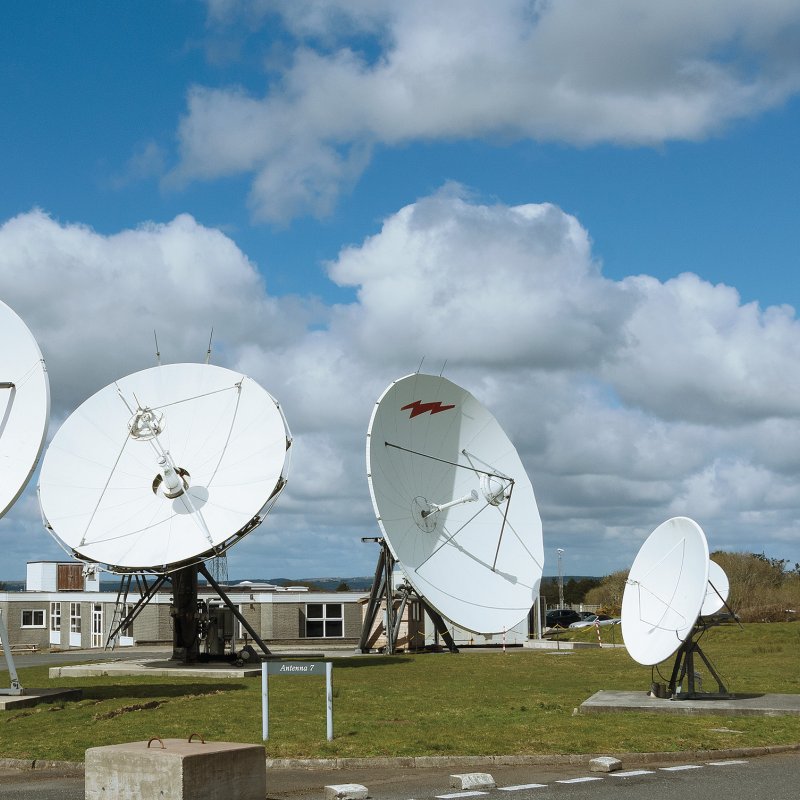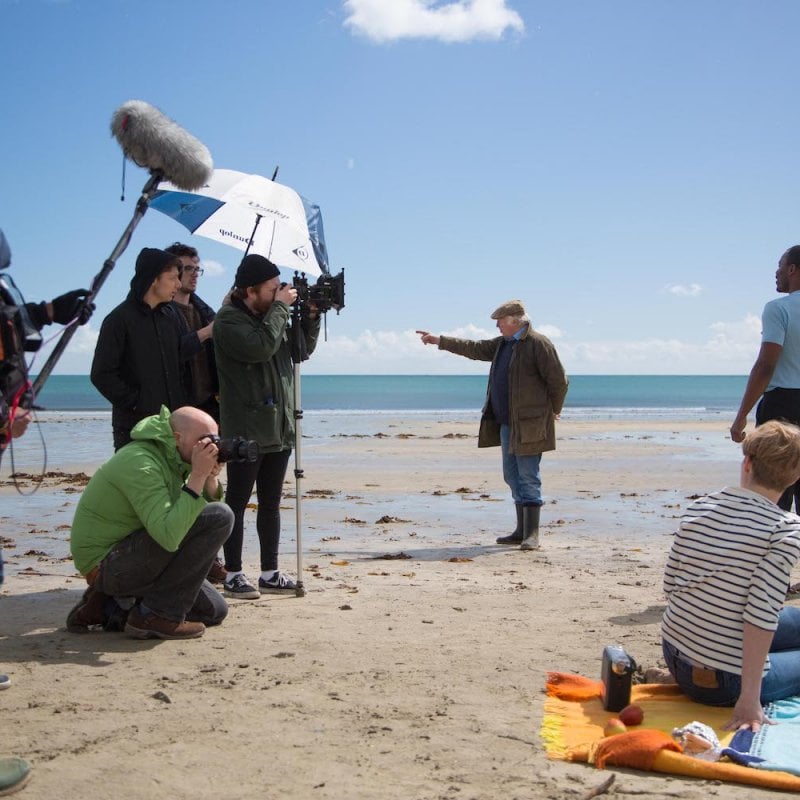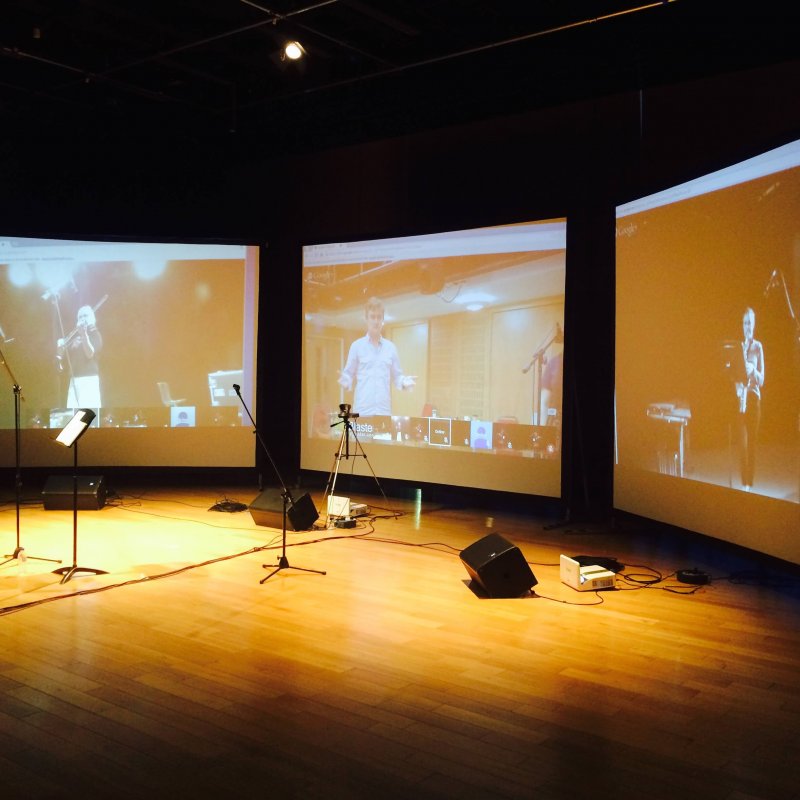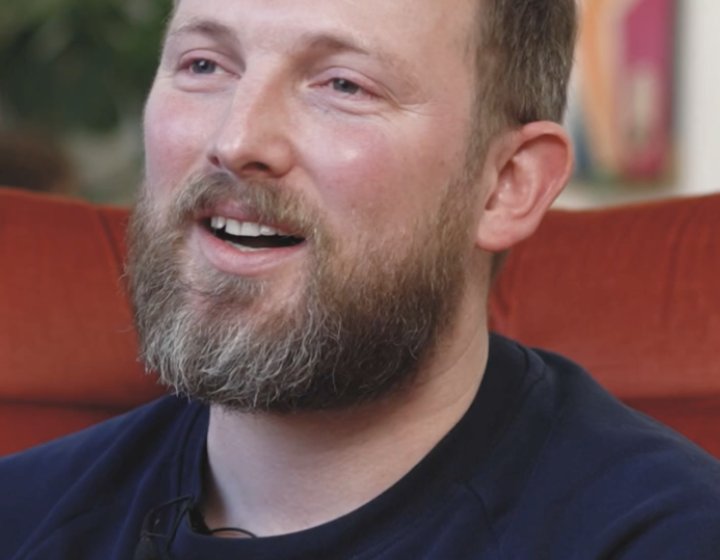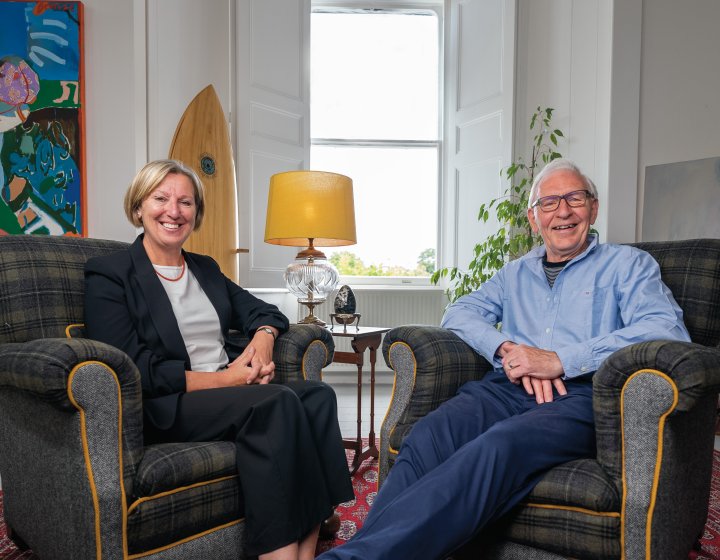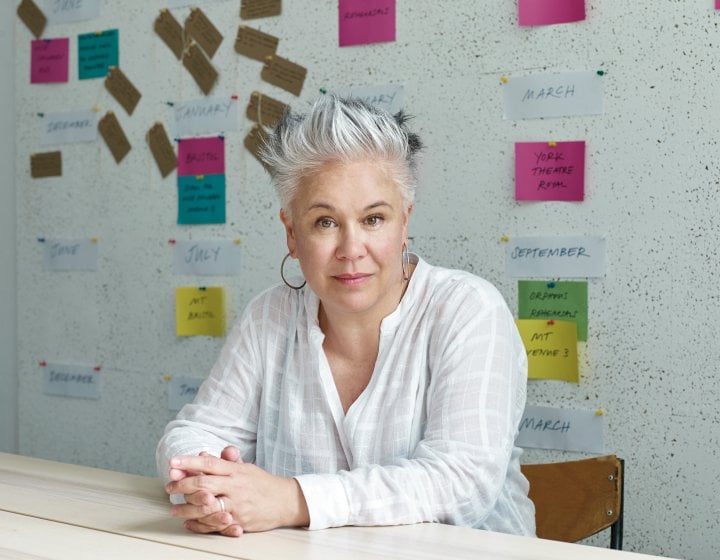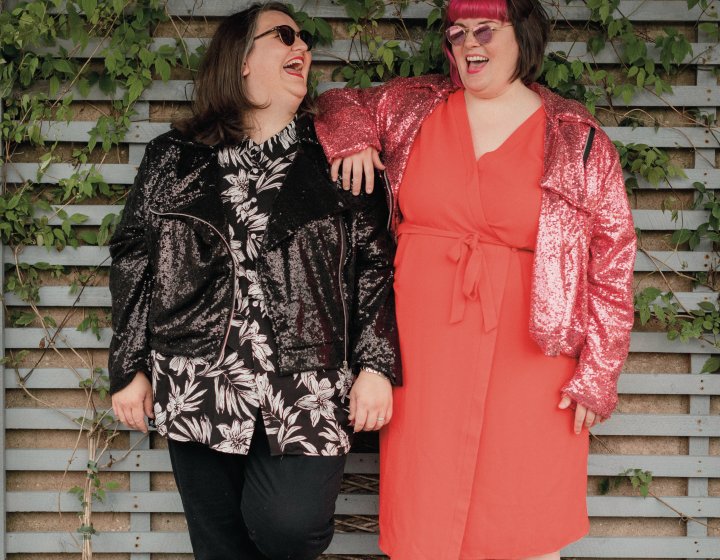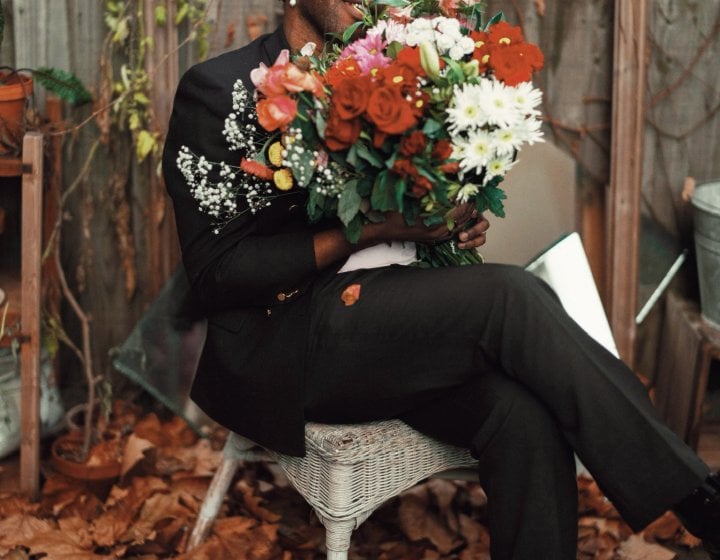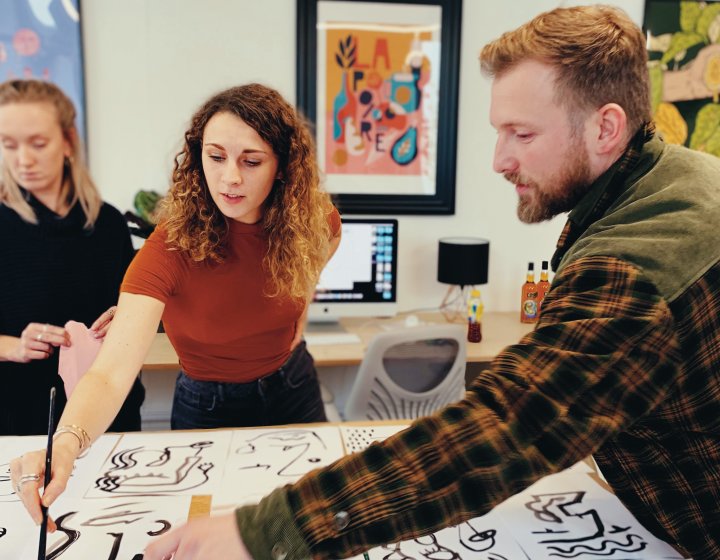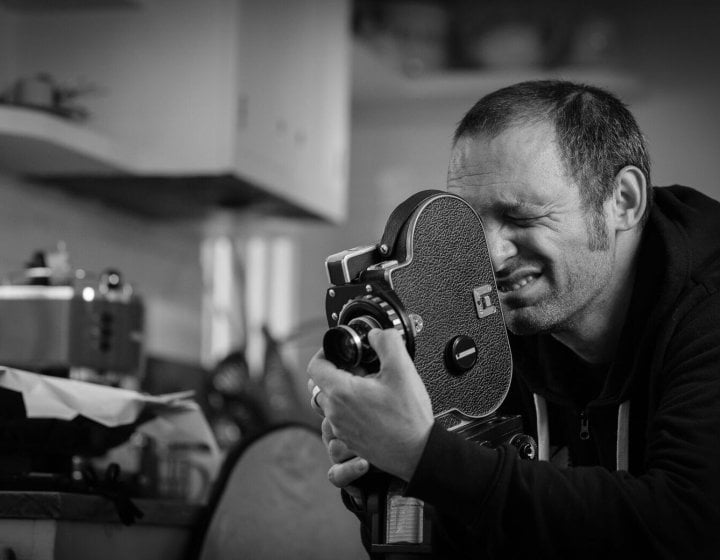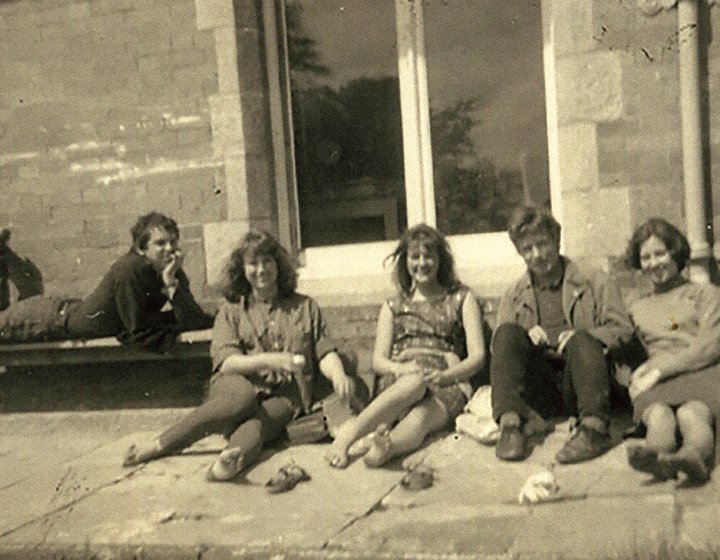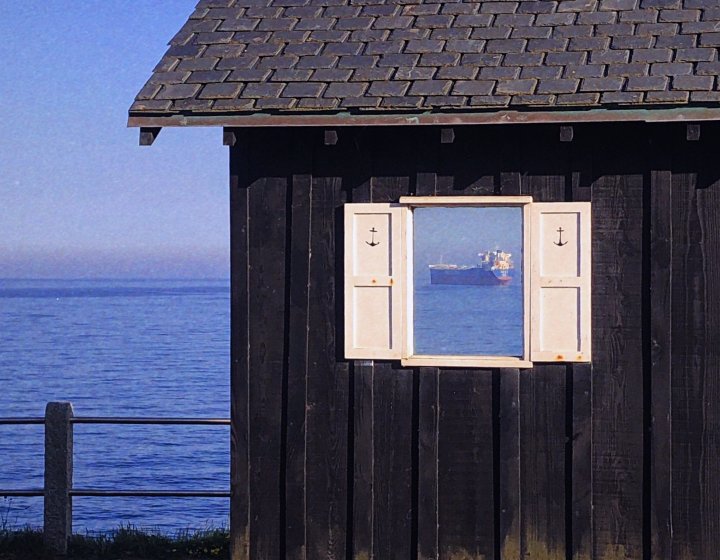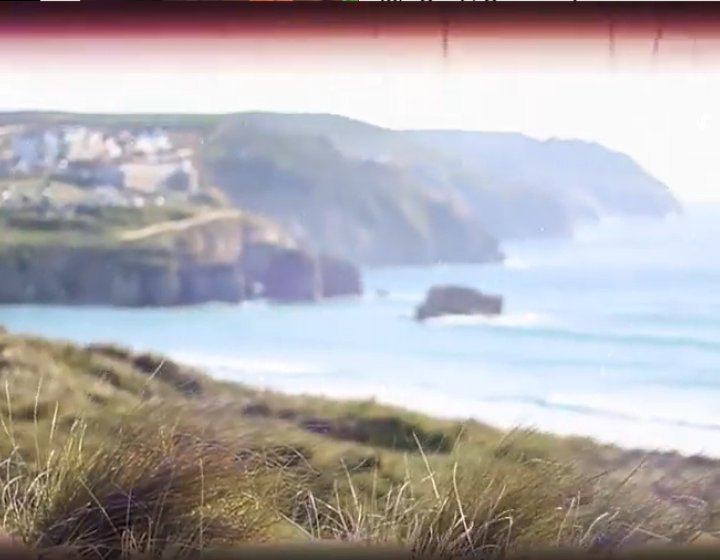Research at Falmouth: Building on the rich legacy of a creative county
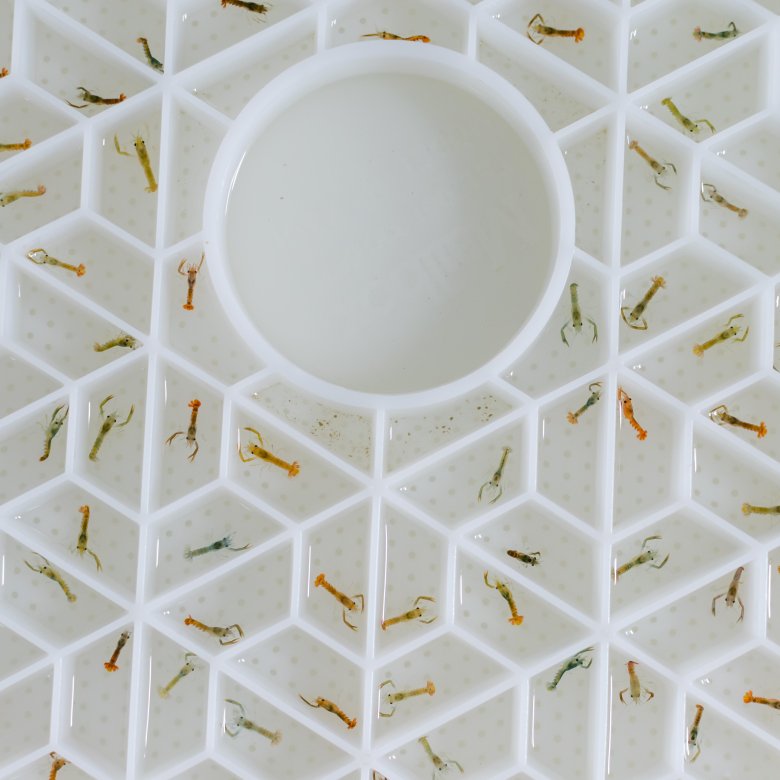
This piece is written by Professor David Prior, Director of Research at Falmouth University.
One hundred and twenty years after Falmouth School of Art began – and ten years since attaining University status – Falmouth’s journey from a being a small, independent art school to a major provider of learning, research and knowledge exchange across a wide portfolio of creative subjects has been one of rapid development. In the last decade in particular, we have cultivated an environment where our research is embedded within the creative industries but is also increasingly undertaken across wider disciplinary boundaries. This approach sees collaboration with a range of sectors and partners, where we bring our creativity and specialist skills to help solve some of the grand challenges of our age.
While Falmouth is still a young university, we’re building upon a rich Cornish history of science, creativity, education and research.
While Falmouth is still a young university, we’re building upon a rich Cornish history of science, creativity, education and research. Established in Penryn in 1265, Glasney College was not only the centre of ecclesiastical power in medieval Cornwall but it rivalled Oxford, Cambridge, Paris and Bologna in size and influence at the time. Here, just as at Falmouth University today, the figure of the scholar was somebody who engaged in both research and teaching; the combination of these activities defined their vocation. And Cornwall has continued to lead the way in advanced education. In 1833, when The Royal Cornwall Polytechnic Society was created, the only universities established in England were Oxford and Cambridge, with the University of Durham opening the same year. The Falmouth ‘Polytechnic’ was the first institution to bear this name and was followed in the 20th century by a movement that spread across the UK and, eventually, the globe. The impetus behind the polytechnic movement was to geographically diversify the higher education sector and to meet the needs of local industry by providing high-quality skills in arts, science and engineering.
Research came to be understood as any ‘process of investigation, leading to new insights, effectively shared’ and this included research undertaken in, through and for the arts.
Although the distinction we now make between ‘further’ and ‘higher’ education is a 20th century one, it has long been acknowledged that institutions of higher learning are places where those teaching are qualified to do so by the currency of high-level practice or research. Yet while it has never been questioned that those teaching creative arts subjects needed to practice what they taught to have credibility, the terminology of research felt alien to some. From the 1980s onwards, however, the introduction of the Research Assessment Exercise made engaging research a vital currency for academics, irrespective of their disciplinary area, and this was not universally welcomed. What business did artists, designers and performers have in conducting trials and collecting data, after all? The answer was, of course, that definitions of what constituted research evolved in tandem with those artists, designers and performers broadening their approaches to creative practice.
Research came to be understood as any ‘process of investigation, leading to new insights, effectively shared’ and this included research undertaken in, through and for the arts. For their part, the researcher-practitioners who have emerged over the past 40 years have tackled head-on what it means to be thinking in and through creative practices. Meanwhile, we have increasingly been thinking beyond our disciplinary boundaries, recognising that some of the most intractable problems of our age require the perspectives of those working from a variety of disciplines in the spirit of open collaboration.
This journey has been much accelerated at Falmouth since we gained our university title in 2012. The announcements in May of our performance in the most recent Research Excellence Framework (REF2021) are affirmation of our growing importance on the world stage. We were delighted to learn that 63.4% of our staff outputs were judged as world leading or internationally excellent and a further 36% were internationally recognised. This is a stunning achievement, eclipsed only by our even stronger performance in the remaining two categories of research environment and research impact– 100% of both being judged as either world leading or internationally excellent. These results see us leap 40 places in the Times Higher Education REF league tables and rank us nationally as joint 12th for impact and joint 11th for environment as an institution overall.
The modern University, just as Glasney was, is a place defined not only by learning and teaching but by the symbiotic relationship these have with research in pushing the frontiers of a discipline forward. Here’s to the next 120 years!
With our research priorities until 2030 so intertwined with our commitment to Cornwall, and as the only university headquartered in the county, we are particularly proud that each of the impact case studies submitted to REF2021 described work undertaken on projects in and for the county. This impact is further corroborated by an independent economic study by Hatch (2021) that quantifies the University’s annual impact upon Cornwall’s economy as £100m GVA, predicted to become £200m by 20305. Investigation, innovation and the sharing of new insights run through Cornwall’s history of creativity, education and research.
From Glasney College to the Falmouth Poly and all the iterations of the Falmouth School of Art over the last 120 years, Cornwall is indeed the county of creative learning. The modern University, just as Glasney was, is a place defined not only by learning and teaching but by the symbiotic relationship these have with research in pushing the frontiers of a discipline forward. Here’s to the next 120 years!
